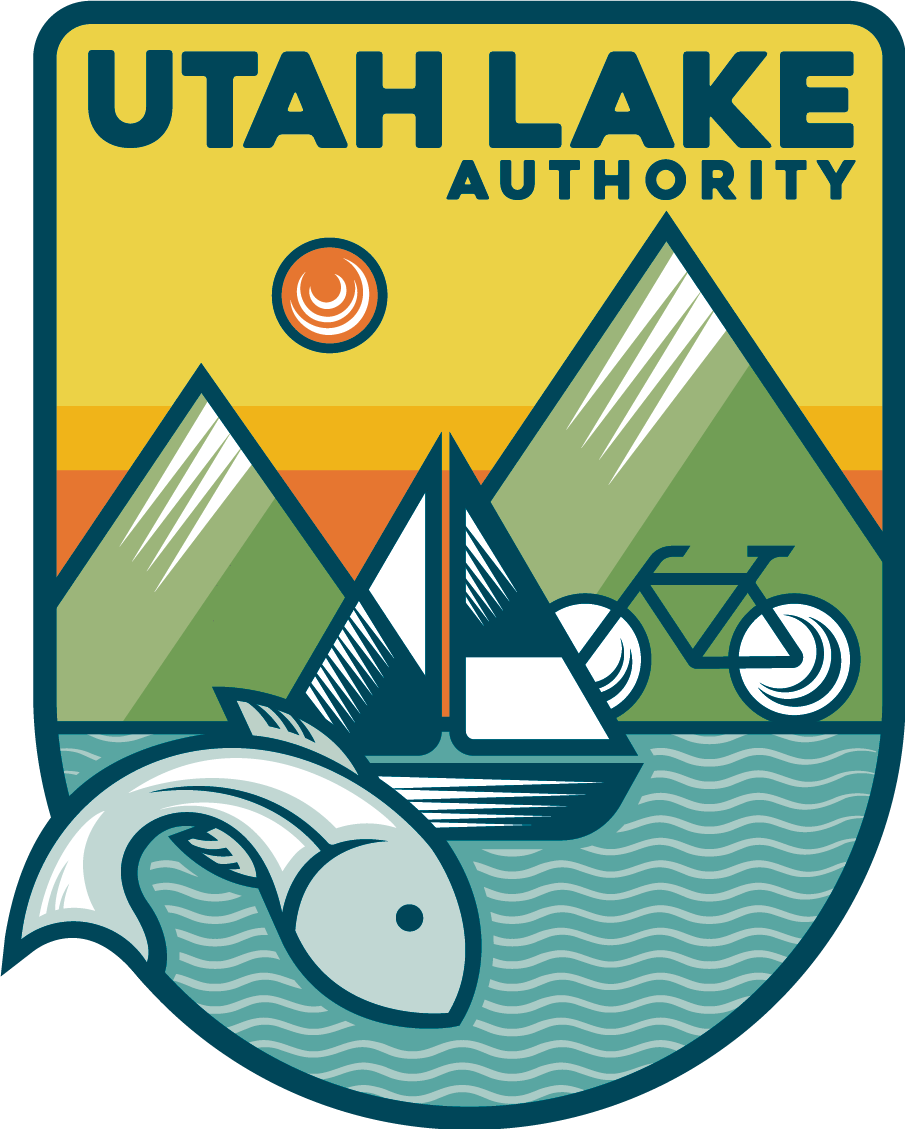In the wake of the recently completed Hobble Creek Delta restoration at Utah Lake, Local officials are currently conducting a feasibility study towards the restoration of the Provo River Delta.
What does it all mean and why should you care? We spoke with Mike Mills, a restoration coordinator with the June Sucker Recovery Project to find out. In short, delta restoration leads to a healthier lake environment, more wildlife, and greater recreational use.
Utahlake.gov: For those who might have forgotten from middle school, what are deltas and in a general sense and why are they important?
Mike Mills: Deltas are a geologic feature that typically form at the transition from a river environment to a lake environment. Deltas are important because they support a wide variety of healthy vegetation and wildlife.
How far along is the Provo River Delta feasibility test?
The study has focused on gathering as much information we can about the natural delta that existed historically and the various resources that could be affected by the project. It is also becoming more obvious how important the Provo River is to the residents of Utah Valley. Many people enjoy the lower river for the recreational benefits that it provides. As we have analyzed the various options for a delta, it appears that we are going to be able to enhance the recreational opportunities available.
Tell me about the Hobble Creek Delta restoration.
The Hobble Creek delta restoration involved the purchase of about 21 acres of property near the mouth of Hobble Creek. The actual restoration started with developing a design for the project that would allow for the creek to function in a natural way and accommodate those processes that would allow for a dynamic delta to exist. A key aspect of this restoration was to create a situation where the natural river and lake processes could work to change and maintain the delta. The entire construction of the project took three months.
For us June sucker recovery folks, one of the biggest benefits has been the increasing number of June sucker that have been able to use Hobble Creek for spawning and the wetland ponds have provided suitable habitat for young June sucker. Prior to the restoration, June sucker were not able to swim up Hobble Creek because of debris and other problems associated with the old channelized river.
While the June sucker benefits are great, the project has really benefitted the entire Hobble Creek ecosystem. The delta has become a hotbed of wildlife activity, with species from American avocets to mule deer being observed on the property. Recreational users have also re-discovered Hobble Creek, as anglers, bird watchers, and people walking their dogs have all started using the site much more than we anticipated.
How might the Provo River Delta restoration differ from Hobble Creek?
The Provo River is several times larger than Hobble Creek, with an average maximum flow that is four times that of Hobble Creek. As such, the Provo River delta will need to be much larger than the Hobble Creek delta in order to accommodate all of the natural processes that must occur in order for the delta to function properly. With this larger size, I am somewhat hopeful that the Provo River delta will be able to accommodate more recreational amenities. It would be nice to be able to include more improved trails as part of the Provo River project and perhaps facilities like a bird observation tower, trailheads/parking, a picnic facility and maybe unimproved boat ramps.
As it pertains to Provo River, why should residents care?
As I mentioned previously, the Provo River is a very important resource to the residents of Utah Valley. Many people enjoy it for its recreational aspects, but it also enhances the quality of like in the valley through its existence and the ecological functions it maintains. The lower river provides irrigation water, habitat for plants and animals, conveys storm water, and is an aesthetic resource. There is also the possibility of providing the public with access to recreational opportunity that is not currently available.

